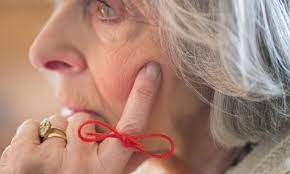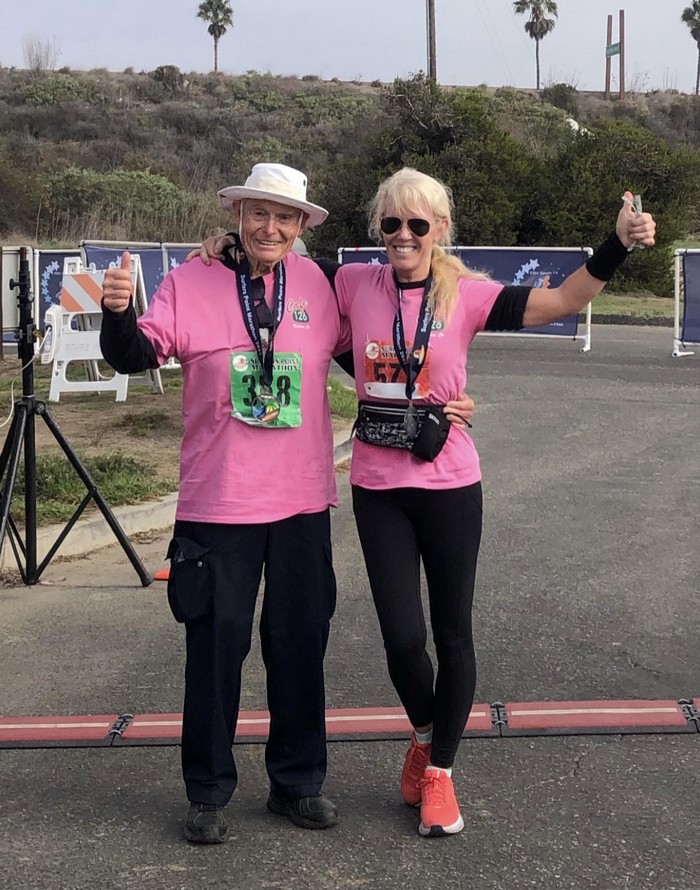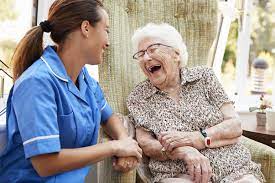
What is the difference between Alzheimer’s disease and dementia?
Alzheimer’s disease is a type of dementia. Dementia is a loss of thinking, remembering, and reasoning skills that interferes with a person’s daily life and activities. Alzheimer’s disease is the most common cause of dementia among older people. Other types of dementia include frontotemporal disorders, Lewy body dementia, and vascular dementia.
What are the early signs of Alzheimer’s disease?
Memory problems are typically one of the first signs of Alzheimer’s disease, though different people may have different initial symptoms. A decline in other aspects of thinking, such as finding the right words, vision/spatial issues, and impaired reasoning or judgment, may also signal the very early stages of Alzheimer’s disease.
Mild cognitive impairment, or MCI, is a condition that can also be an early sign of Alzheimer’s disease — but not everyone with MCI will develop Alzheimer’s. In addition to memory problems, movement difficulties and problems with the sense of smell have been linked to MCI. If you have MCI, it’s important to see a doctor or specialist regularly to monitor any changes in memory or thinking .
What are the stages of Alzheimer’s disease?
Alzheimer’s disease progresses in several stages: preclinical, early (also called mild), middle (moderate), and late (severe). During the preclinical stage of Alzheimer’s disease, people seem to be symptom-free, but toxic changes are taking place in the brain. A person in the early stage of Alzheimer’s may exhibit the signs listed above.
As Alzheimer’s disease progresses to the middle stage, memory loss and confusion grow worse, and people may have problems recognizing family and friends. As Alzheimer’s disease becomes more severe, people lose the ability to communicate. They may sleep more, lose weight, and have trouble swallowing. Eventually, they need total care.
What are the causes of Alzheimer’s disease?
Scientists do not yet fully understand what causes Alzheimer’s disease in most people. In early-onset Alzheimer’s, which occurs between a person’s 30s and mid-60s, there may be a genetic component. Late-onset Alzheimer’s, which usually develops in a person’s mid-60s, arises from a complex series of age-related brain changes that occur over decades. The causes probably include a mix of these changes, along with genetic, environmental, and lifestyle factors. These factors affect each person differently.
Is there a cure for Alzheimer’s disease?
Currently, there is no cure for Alzheimer’s disease. Some sources claim that products such as coconut oil or dietary supplements can cure or delay Alzheimer’s. However, there is no scientific evidence to support these claims.
The U.S. Food and Drug Administration (FDA) has approved several drugs to treat people with Alzheimer’s disease, and certain medicines and interventions may help control behavioral symptoms.
Scientists are developing and testing possible new treatments for Alzheimer’s. Learn more about taking part in clinical trials that help scientists learn about the brain in healthy aging and what happens in Alzheimer’s and other dementias. Results of these trials are used to improve diagnosis, treatment, and prevention methods.
Currently, there is no definitive evidence about what can prevent Alzheimer’s disease or age-related cognitive decline. What we do know is that a healthy lifestyle — one that includes a healthy diet, physical activity, appropriate weight, and control of high blood pressure — can lower the risk of certain chronic diseases and boost overall health and well-being. Scientists are very interested in the possibility that a healthy lifestyle might delay, slow down, or even prevent Alzheimer’s. They are also studying the role of social activity and intellectual stimulation in Alzheimer’s disease risk.
For more information about Alzheimer’s
NIA Alzheimer’s and related Dementias Education and Referral (ADEAR) Center
800-438-4380 (toll-free)
[email protected]
www.nia.nih.gov/alzheimers






